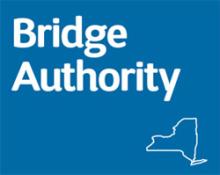Local Media Covers The MN "Donut Hole" Phenomenon: Video, Editorial
As Minnesota's Legislature decides on funding for the state's Border-to-Border Broadband Development Grant Program, local media is calling on state leaders to prioritize local connectivity in the Capitol Chambers. This year, Governor Dayton's office is recommending allocating $100 million to the program.
Blended Is Better
In the past, the Border-to-Border Broadband Development Grant Program has granted funding to areas of only the greatest need, which has resulted in Internet infrastructure deployment in very rural areas. That's great for municipalities, businesses, and residents in those areas who certainly need and deserve better connectivity. Towns where there is some coverage, such as old DSL networks, have typically not qualified. As a result, rural areas of the state are developing "donut holes" of inadequate connectivity. In the long term, this could spell disaster for these towns because businesses have no reason to locate in places where they can't get the Internet access they need for operations. A blended approach will allow investment in both unserved areas and areas where some networks already exist so centers of economic activity can still compete with their neighbors.
Chris provides more information on the blended approach, and on one possible solution for rural communities, in this nicely produced video created by Capitol Almanac:



